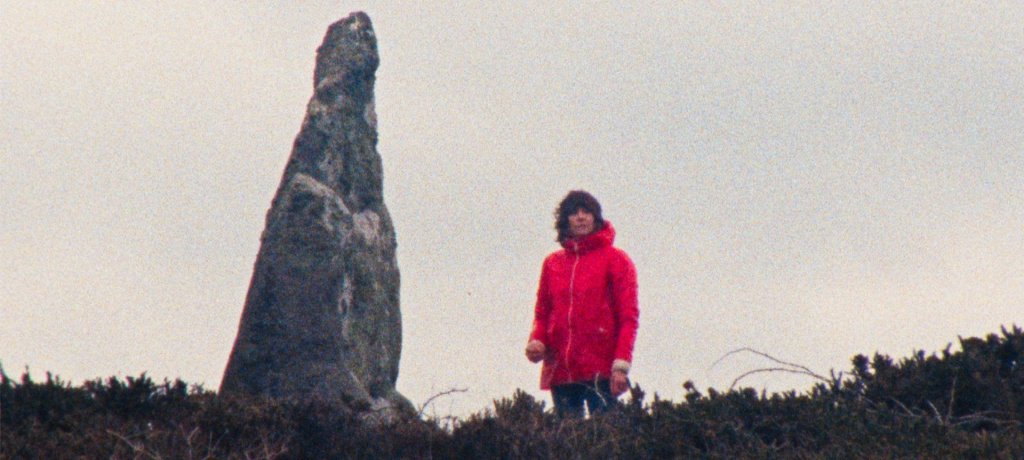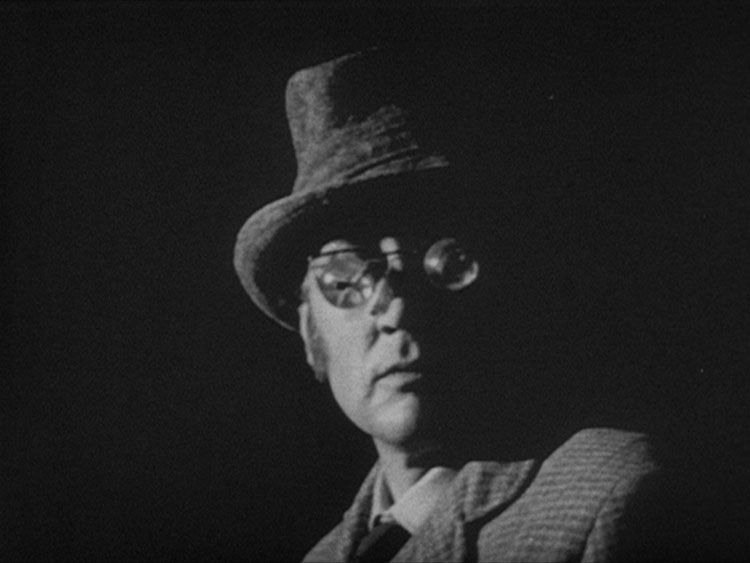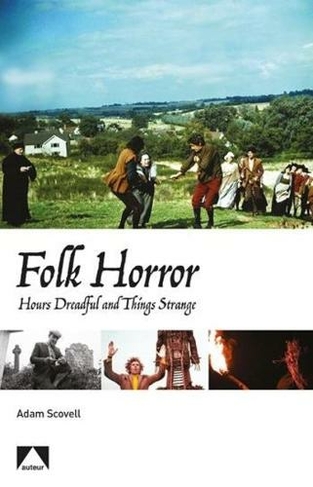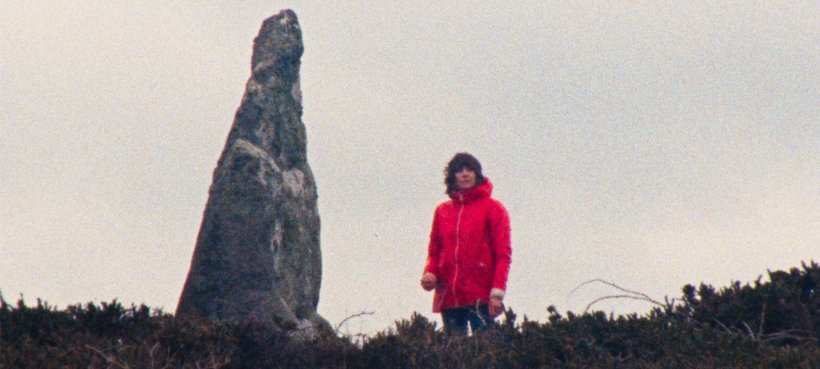Written by Kern Robinson

Off the back of Mark Jenkin’s new film Enys Men (2022) being premiered in official competition at the London Film Festival (LFF), the Southbank Centre hosted a panel discussion entitled What the Folk! on Saturday 15th of October. The event was advertised as an introduction to the Folk Horror subgenre; a discussion of “the dark innovative projects that test the boundaries of art and media, and [a] journey through the forests, fields and furrows to explore all the seamy, dreadful and macabre elements of the folk phenomenon” (bfi.org.uk). It was hosted by Michael Blyth (LFF programmer) and was in conversation with Mike Muncer (the creator and host of the Evolution of Horror podcast) and Adam Scovell (author of Folk Horror: Hours Dreadful and Things Strange (2017)). Anna Bogustskaya (host of The Final Girls podcast) was advertised to attend but couldn’t make it due to illness.

From the jumping-off question of ‘What’s your favourite folk horror property?’ the panel praised 70s British television like Children of the Stones (1976) and Sapphire and Steel (1979) – citing the creative and economic freedom of ITV and the BBC in this period as being an irreplicable space to introduce avant-garde film to a wide audience; “imagine something like Penda’s Fen being aired today, right after the Ten O’clock News”.
Scovell and Muncer also praised contemporary novels like Francine Toon’s Pine (2020), Andrew Michael Hurley’s The Loney (2014), and writers like Benjamin Myers, Elizabeth Gilbert, and Daisy Johnson.
These examples were then drawn together to create something towards a taxonomy of folk horror – what is it that connects these disparate works across time, form, and aesthetics? Is there then an example that neatly contains everything that the subgenre has to offer – a starting point for potential folk horror fans? Scovell repeatedly praised the quality of Czech folk horror but suggested James Mactaggart’s Robin Redbreast (1970), as a good starting point for British folk horror viewing.

Muncer moved a little further afield, speaking on the overlooked influence of Ingmar Bergman’s The Seventh Seal (1957) and The Virgin Spring (1960) on the themes and aesthetics of folk horror. He then discussed examples of films that he felt played with the typical folk horror formula in interesting ways. Films like Pumpkinhead (1988), Onibaba (1964), and Straw Dogs (1971) – those titles that have something folk horror about them but seem too difficult to define as ‘purely’ folk horror in the way that The Wicker Man (1973) or The Blood on Satan’s Claw (1971) are.
This diverse range of examples provided by both panellists drove the conversation down the difficult path of defining folk horror. After some back and forth, the conclusion ultimately ended up being that they couldn’t really define the subgenre in any concrete way. Scovell admitted that, upon rereading his seminal text Folk Horror: Hours Dreadful and Things Strange, he hadn’t managed to define the subgenre very well in that book either.

This was one major highpoint of the discussion, the panellists’ aversion to gatekeeping the discourse around folk horror. When Blyth asked if there were any films that either panellist would say definitively isn’t folk horror (despite the wider world suggesting that it is), they were reluctant to suggest anything – pointing to the ambiguity of the subgenre, a lack of concrete definition, and the importance of keeping the discussion open. To this quality, Muncer described how discussion and interaction with fans and their theories are some of the most productive parts of the Evolution of Horror podcast. In fact, the closest thing to negativity that either panellist said was that some modern folk horror chooses to reproduce the aesthetics of the 70s films but does so without any of their innovation or excitement; becoming, as Scovell said, ‘content’.
The panellists’ reluctance towards providing a solid definition of folk horror and the awareness that a firm definition will run the risk of diluting the ineffable folk horror-ness of the subgenre, is a breath of fresh air within folk horror discourse. It is a fantastic answer to the parade of ‘What is Folk Horror’ articles marching across the internet. Scovell and Muncer argued that there are a hundred different ways to define folk horror depending on form, country of origin, or time that the piece was created in. We must keep these definitions in discussion with one another, while at the same time knowing that they are all equally correct and incorrect.
As Scovell, Muncer, and Blyth agreed – now is an incredible time to be a folk horror fan. Films and television programmes that would have been expensive or impossible to track down only a few decades ago are being lovingly restored by institutions like the BFI and Arrow Films and released to a wide audience. Artists like Mark Jenkin are endeavouring to recapture the ‘English Eerie’ on screen while simultaneously creating something entirely new. And, perhaps most importantly, it has never been easier to find other fans and open these dialogues with them, attempting and failing to define or taxonomize a shared interest.
